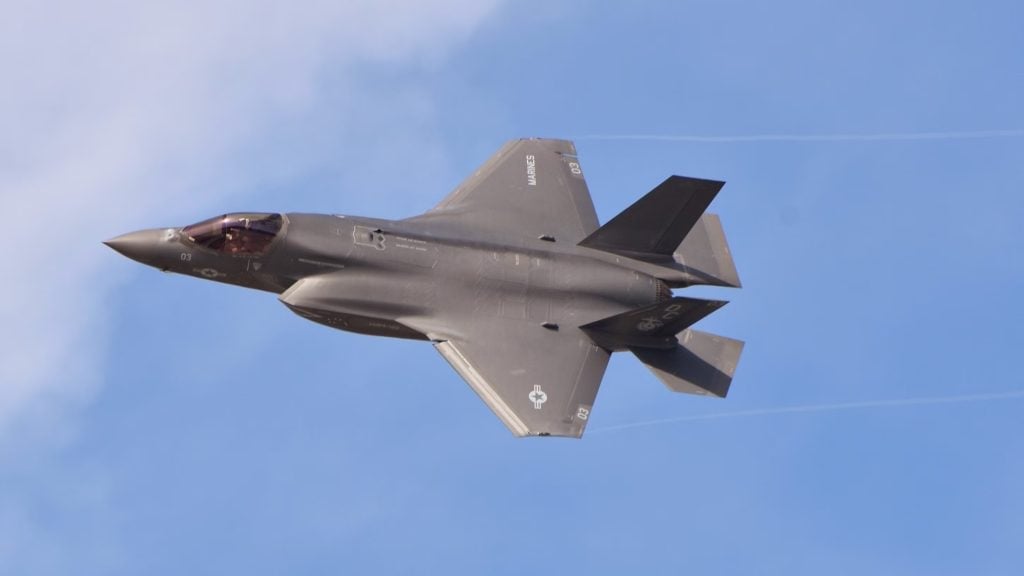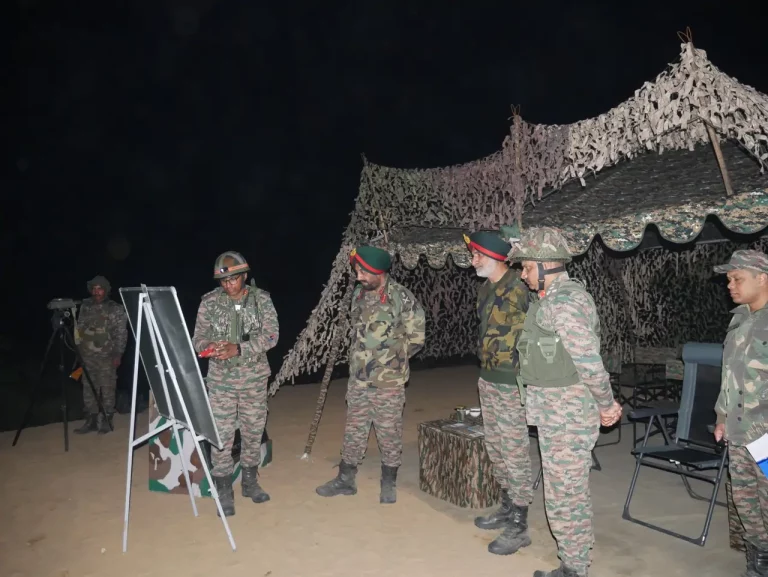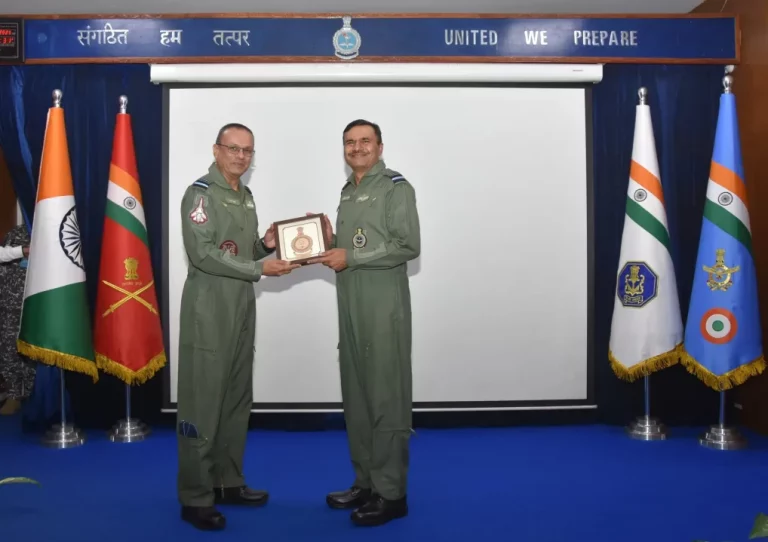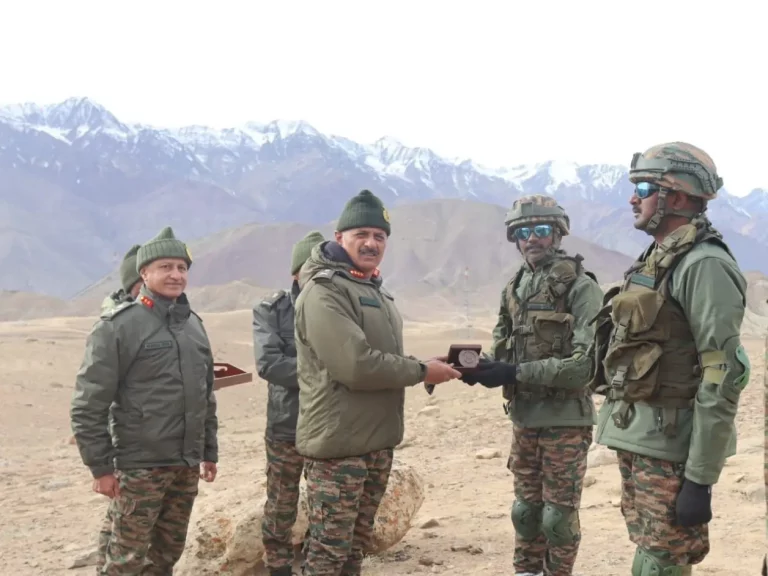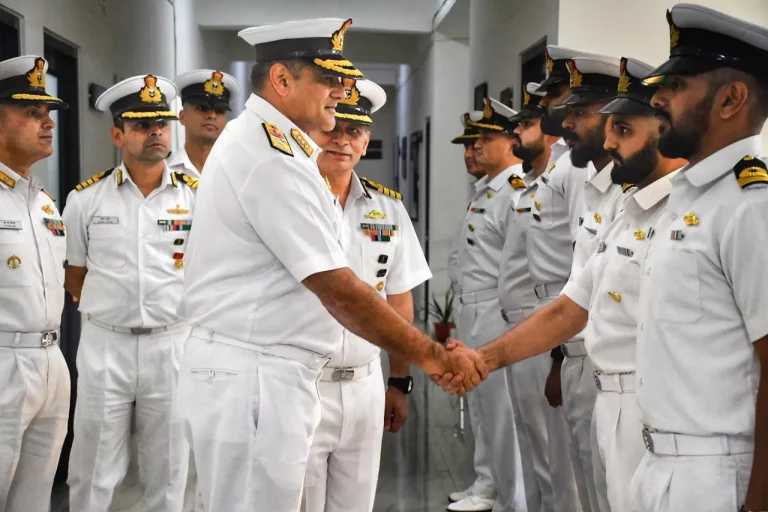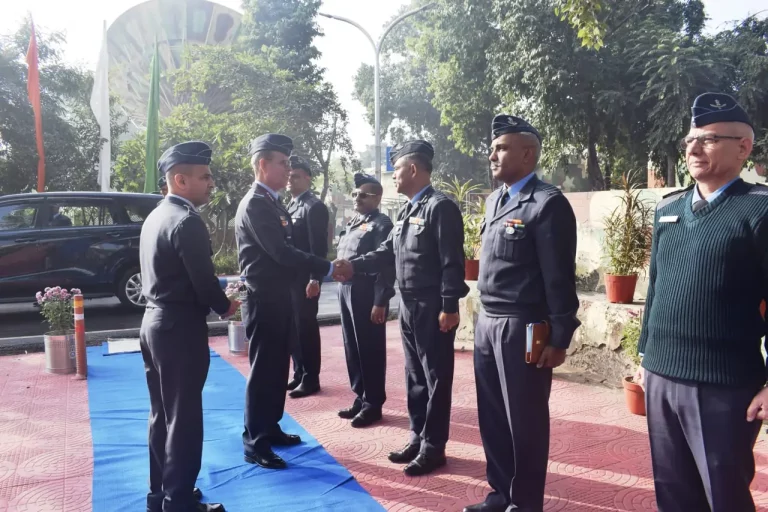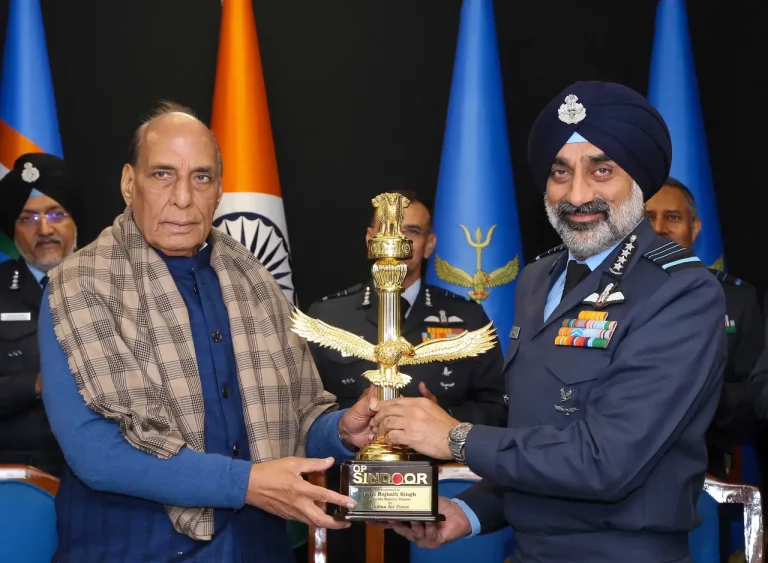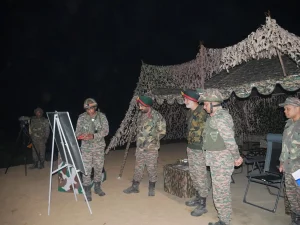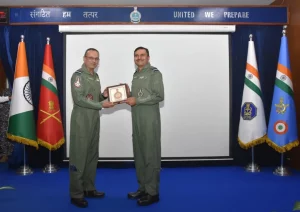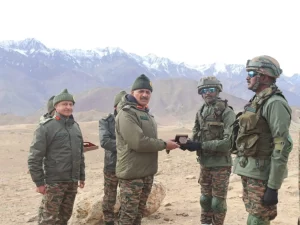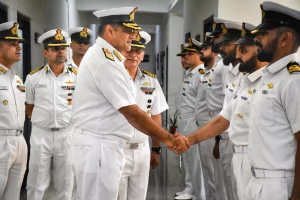In a significant move aimed at enhancing the capabilities of the Indian Air Force (IAF), Defence Secretary Rajesh Kumar Singh has revealed that India is exploring the procurement of fifth-generation fighter jets from critical allies. This decision comes in the wake of growing regional security challenges and an urgent focus on boosting the IAF’s dwindling squadron strength, which currently stands at 31, well below the sanctioned strength of 42.
During an interview with CNBC-TV18, Singh characterized the pursuit of these advanced jets as a short-term yet essential strategy while the nation advances its own indigenous fifth-generation Advanced Medium Combat Aircraft (AMCA). The AMCA, a twin-engine stealth fighter designed for multi-role combat, received approval from Defence Minister Rajnath Singh in May 2025, but is not expected to be operational until 2035.
Although Singh refrained from naming specific aircraft or allies under consideration, defence analysts speculate that the United States’ Lockheed Martin F-35 and Russia’s Sukhoi Su-57 are strong contenders. The F-35, which U.S. President Donald Trump proposed to India in February 2025, is recognized for its stealth capabilities, sensor fusion, and integrated warfare systems. Concurrently, Russia has extended an invitation for co-manufacturing the Su-57, which includes technology transfer that leverages India’s insights gained from the Su-30MKI production line in Nashik.
The IAF’s drive towards acquiring fifth-generation fighters is intensifying largely due to strategic risks presented by China, which has introduced J-20 and J-35 stealth jets to its arsenal. Additionally, there are reports suggesting that Pakistan could receive 40 J-35 fighters from China by the end of 2025. Air Chief Marshal AP Singh referenced the possibility of off-the-shelf acquisitions during an event earlier this year, contingent on any shifts in regional power dynamics, while also emphasizing the significance of the AMCA initiative.
Currently, the IAF’s operational fleet comprises Su-30MKIs, Rafales, Mirage 2000s, and Tejas Mk1A aircraft. However, none of these jets boast the stealth features or advanced avionics characteristic of true fifth-generation platforms. Recent military engagements have underscored the necessity for aircraft capable of operating decisively within contested airspaces, leading to the strategic objective of acquiring approximately 36 to 40 fifth-generation jets by 2028, whether through direct purchase or leasing arrangements.
The financial implications of such acquisitions are notable, with the F-35’s costs estimated between $80 million to $110 million per unit. Additionally, strict end-user agreements tied to the F-35 may present challenges in integrating these systems with India’s predominantly Russian-origin military infrastructure. Conversely, while the Su-57 may offer a more budget-friendly option with potential technology transfer benefits, it has faced scrutiny for its reliability and limited stealth capabilities. India previously withdrew from the Fifth Generation Fighter Aircraft (FGFA) project with Russia, citing concerns about performance.
Ultimately, the decision regarding the procurement of fifth-generation jets will hinge on a careful evaluation of capability, cost, and geopolitical factors, as India seeks to balance immediate operational requirements with its long-term defense objectives.
